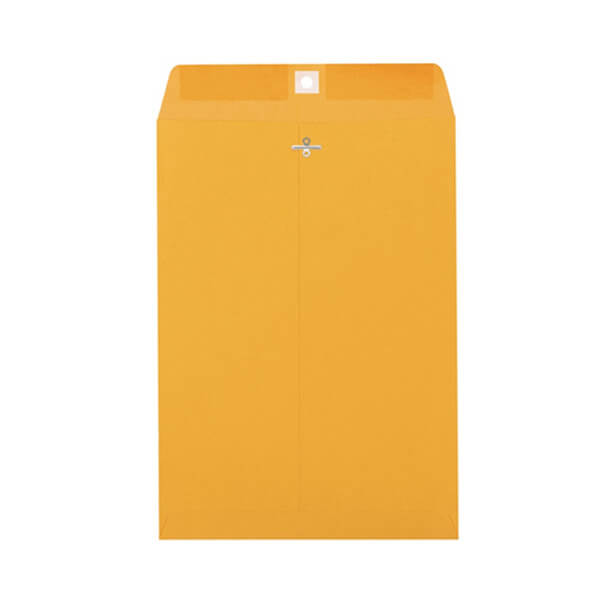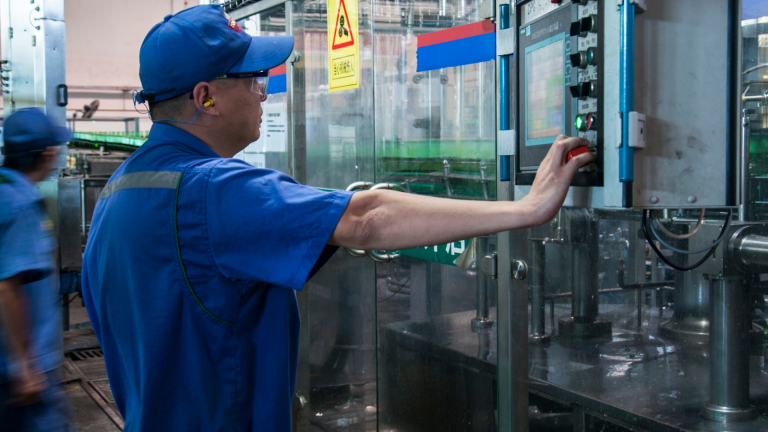Pro Tips for Packing and Securing Your Manila Clasp Envelope Shipments
Introduction
Packing and securing Manila clasp envelopes might seem straightforward, but a little extra care can make a big difference in ensuring your items arrive safely and in good condition. Whether you’re sending important documents, photos, or small items, knowing the best practices for packing and securing your envelopes can save you from unnecessary stress and potential mishaps.
Choosing the Right Manila Clasp Envelope
Size Considerations
Selecting the appropriate size for your Manila clasp envelope is crucial. Too small, and your items might get crumpled; too large, and they might shift around during transit. Measure your items and choose an envelope that offers just enough room without being excessively large.
Material Quality
Not all Manila envelopes are created equal. Look for envelopes made from durable, high-quality paper that can withstand handling and potential rough treatment during shipping. A sturdy envelope reduces the risk of tears and other damage.
Clasp vs. Adhesive: Which is Better?
While Manila clasp envelopes are popular, some might prefer adhesive envelopes for their simplicity. However, clasps provide a more secure closure, especially when combined with additional sealing methods. Choose based on the nature of your shipment and the level of security you require.
Preparing Your Items for Shipment
Sorting and Organizing Documents
Before packing, sort and organize your documents. Group related items together and use paper clips or rubber bands to keep them in place. This step prevents documents from shuffling and ensures they remain orderly upon arrival.
Using Protective Covers
For important or sensitive documents, consider using protective covers or sleeves. These add an extra layer of protection against spills, smudges, and tears.
Adding Extra Padding for Fragile Items
If you’re sending fragile items, such as small electronics or delicate memorabilia, add padding like bubble wrap or foam inserts. This padding cushions your items and reduces the risk of damage during transit.
Packing Your Manila Clasp Envelope
Step-by-Step Guide to Packing
- Lay Items Flat: Place your documents or items flat inside the envelope to avoid creases.
- Layering: If you have multiple items, layer them neatly to distribute weight evenly.
- Add Padding: Insert any necessary padding to protect fragile items.
Ensuring Even Weight Distribution
Distribute the weight evenly within the envelope. Uneven weight can cause the envelope to bend or fold, increasing the risk of damage.
Securing the Clasp Properly
Close the clasp securely and consider using tape over the clasp for extra security. This step ensures the envelope stays closed during its journey.
Addressing and Labeling Your Envelope
Best Practices for Writing Addresses
Write the recipient’s address clearly and legibly, preferably using a permanent marker or pen. Include all necessary details such as street address, city, state, and ZIP code.
Importance of Clear and Legible Labels
Labels should be easy to read. Use bold letters and avoid cursive or overly stylized fonts. This clarity helps postal workers quickly and accurately process your shipment.
Using Return Addresses
Always include a return address. If the envelope cannot be delivered, this ensures it can be sent back to you rather than getting lost.
Sealing and Securing the Envelope
Using Additional Tape or Stickers
For added security, use packing tape or security stickers to seal the envelope’s edges. This step prevents accidental openings and adds a layer of tamper resistance.
Benefits of Tamper-Proof Seals
Tamper-proof seals provide visible evidence if someone attempts to open your envelope. They are particularly useful for sending confidential or sensitive documents.
Additional Tips for Safe Shipment
Avoiding Overstuffing
Do not overstuff your envelope. Overstuffing can cause the envelope to burst or the clasp to fail. Use a larger envelope if necessary.
Double-Checking Contents Before Sealing
Before sealing the envelope, double-check the contents to ensure everything is included and correctly placed.
Tracking and Insurance Options
Consider using tracking and insurance options, especially for valuable or important items. Tracking allows you to monitor the shipment’s progress, and insurance provides financial protection in case of loss or damage.
Handling Special Items
Shipping Legal Documents
For legal documents, use additional protective covers and clearly label the envelope as “Do Not Bend” to ensure careful handling.
Sending Photos or Artwork
Place photos or artwork between stiff cardboard pieces to prevent bending and use padded envelopes for extra protection.
Mailing Bulky Items
For bulky items, ensure the envelope is appropriately padded and consider using reinforced envelopes designed to handle more weight.
Environmental Considerations
Eco-Friendly Envelope Options
Opt for envelopes made from recycled materials or choose brands that prioritize sustainability. Eco-friendly options help reduce your environmental footprint.
Reducing Waste with Reusable Envelopes
Consider using reusable envelopes for shipments. These envelopes can be returned and reused, promoting a circular economy and reducing waste.
Common Mistakes to Avoid
Skipping Protective Measures
Always use protective measures such as padding and covers, even for short-distance shipments. It’s better to be safe than sorry.
Incorrect Addressing
Double-check addresses for accuracy. Incorrect addresses can lead to delays or lost shipments.
Failing to Secure the Clasp
Make sure the clasp is fully secured and reinforced with tape if needed. An unsecured clasp can easily open during transit.
Conclusion
Whether you’re utilizing 4x shipping options or traditional methods, packing and securing your Manila clasp envelope shipments effectively ensures your items arrive safely and in good condition. By following these pro tips, you can optimize your packing process for 4x cost-effectiveness (if applicable) and make your overall shipping smoother and more reliable. Remember, a little extra care goes a long way in protecting your valuable shipments.






